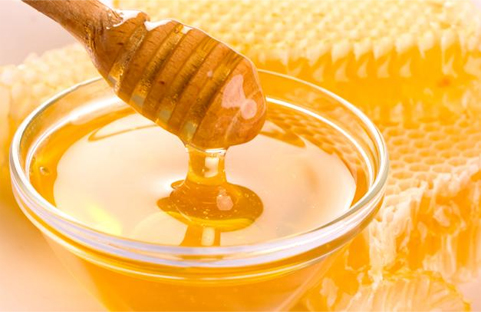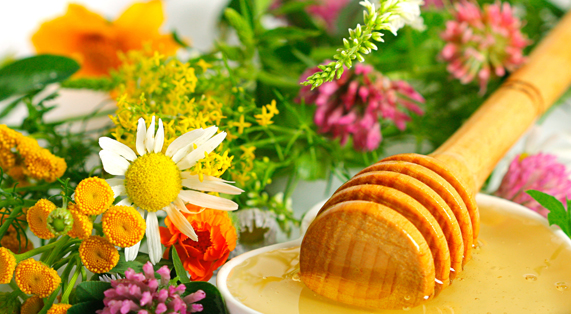نشاط مضاد للعدوى من أبيس مليفيرا L. بروبوليس جمع في ثلاثة مناطق كينيا ANTIBACTERIAL ACTIVITY OF Apis mellifera L. PROPOLIS COLLECTED IN THREE REGIONS OF KENYA
نشاط مضاد للعدوى من أبيس مليفيرا L. بروبوليس جمع في ثلاثة مناطق كينيا
ملخص
تهدف الدراسة الحالية إلى دراسة قابلية التأثرالكائنات الحية الدقيقة بسيودوموناس أيروجينوسا، سالمونيلا تيفي، إشريكية القولونية،المكورات العنقودية الذهبية، والعصية الرقيقة إلى مقتطفات الايثانول لصمغ النحل (إيب) من ثلاث مناطق في كينيا (تايتا وتانا وسامبورو). تم استخراج صمغ النحل باستخدام أربعة تركيزات مختلفة من الإيثانول: نقية، 70٪، 50٪، و 30٪. الإيثانول (70٪) والستربتومايسين كضوابط. بطريقة نشر أجار باستخدام مرشح وقد تم استخدام الأقراص الورقية. تم تحديد النشاط المضاد للبكتيريا على أنه مكافئ لمناطق تثبيط الأقطار (بالملليمتر) بعد التحضين عند 37 درجة مئوية لمدة 24ساعة.
لوحظت اختلافات كبيرة في الأنشطة المضادة للبكتيريا من صمغ النحل بين المناطق الثلاث، اعتمادا على الكائنات الحية الدقيقة اختبار وعلى الإجراء المستخدم لإعداد استخراج صمغ النحل. الميكروبات العصوية الرقيقة والمكورات العنقودية الذهبية
كانت البكتيريا الأكثر حساسية و 70٪ مستخلص الايثانول لصمغ النحل كان أفضل تأثير كمضاد للجراثيم.
ANTIBACTERIAL ACTIVITY OF Apis mellifera L. PROPOLIS COLLECTED IN THREE REGIONS OF KENYA
MULI E. M. (1), MAINGI J. M. (2)
(1) International Center of Insect Physiology and Ecology (ICIPE), Nairobi, Kenya; (2) Department of Biological Sciences, Kenyatta University, Nairobi, Kenya.
ABSTRACT: The present study aimed at investigating the susceptibility of the microorganisms Pseudomonas aeruginosa, Salmonella typhi, Escherichia coli, Staphylococcus aureus, and Bacillus subtilis to ethanolic extracts of propolis (EEP) from three regions of Kenya (Taita, Tana and Samburu). Propolis was extracted using four different concentrations of ethanol: pure, 70%, 50%, and 30%. Ethanol (70%) and Streptomycin were used as controls. The agar diffusion method using filter paper disks was employed. Antibacterial activity was determined as an equivalent of the inhibition zones diameters (in millimeters) after incubation at 37°C for 24h. Significant differences in the antibacterial activities of propolis were observed among the three regions, depending on the test microorganisms and on the procedure used for the preparation of propolis extract. Bacillus subtilis and Staphylococcus aureus were the most susceptible bacteria and 70% EEP had the best antibacterial effect.
KEYWORDS: Apis mellifera, propolis, antibacterial agents, disk diffusion antimicrobial tests.




